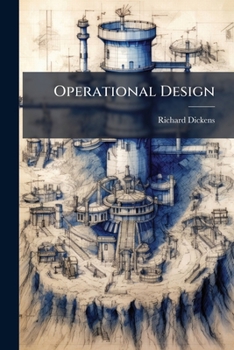Operational Design: The Art of Framing the Solution
While operational design has become a buzzword in the military planning community, it is still poorly defined in joint doctrine. Furthermore, operational design has been allowed to grow off the vine of strategy, from which it was born. The current definition of operational design and the role it plays in the Joint Operation Planning Process require more fidelity. Additional efforts are also required to reconnect operational design to strategy, refine the elements of operational design and explain the role that operational design, operational art and centers of gravity play in campaign planning. This paper examines several fundamental aspects of operational design and how the process of operational design relates to strategy, centers of gravity, operational art and the Joint Operation Planning Process. It first analyzes various theories of operational design as well as the elements of operational design. It then discusses the integration of strategy into the construction of operational design and shows how strategy affects the identification of enemy centers of gravity. Next, it discusses the proper application of operational design during the Joint Operation Planning Process. Additionally, it examines use of a cognitive map to enhance development of an operational campaign and validate courses of action to ensure they achieve all military objectives. Lastly, it proposes broad changes for joint doctrine and the application of operational design.
This work has been selected by scholars as being culturally important, and is part of the knowledge base of civilization as we know it. This work was reproduced from the original artifact, and remains as true to the original work as possible. Therefore, you will see the original copyright references, library stamps (as most of these works have been housed in our most important libraries around the world), and other notations in the work.
This work is in the public domain in the United States of America, and possibly other nations. Within the United States, you may freely copy and distribute this work, as no entity (individual or corporate) has a copyright on the body of the work.
As a reproduction of a historical artifact, this work may contain missing or blurred pages, poor pictures, errant marks, etc. Scholars believe, and we concur, that this work is important enough to be preserved, reproduced, and made generally available to the public. We appreciate your support of the preservation process, and thank you for being an important part of keeping this knowledge alive and relevant.





